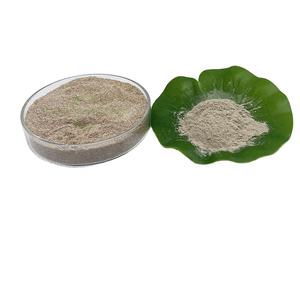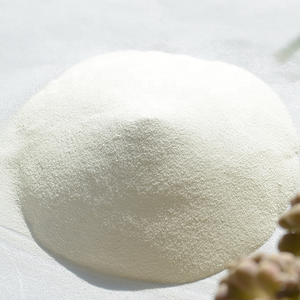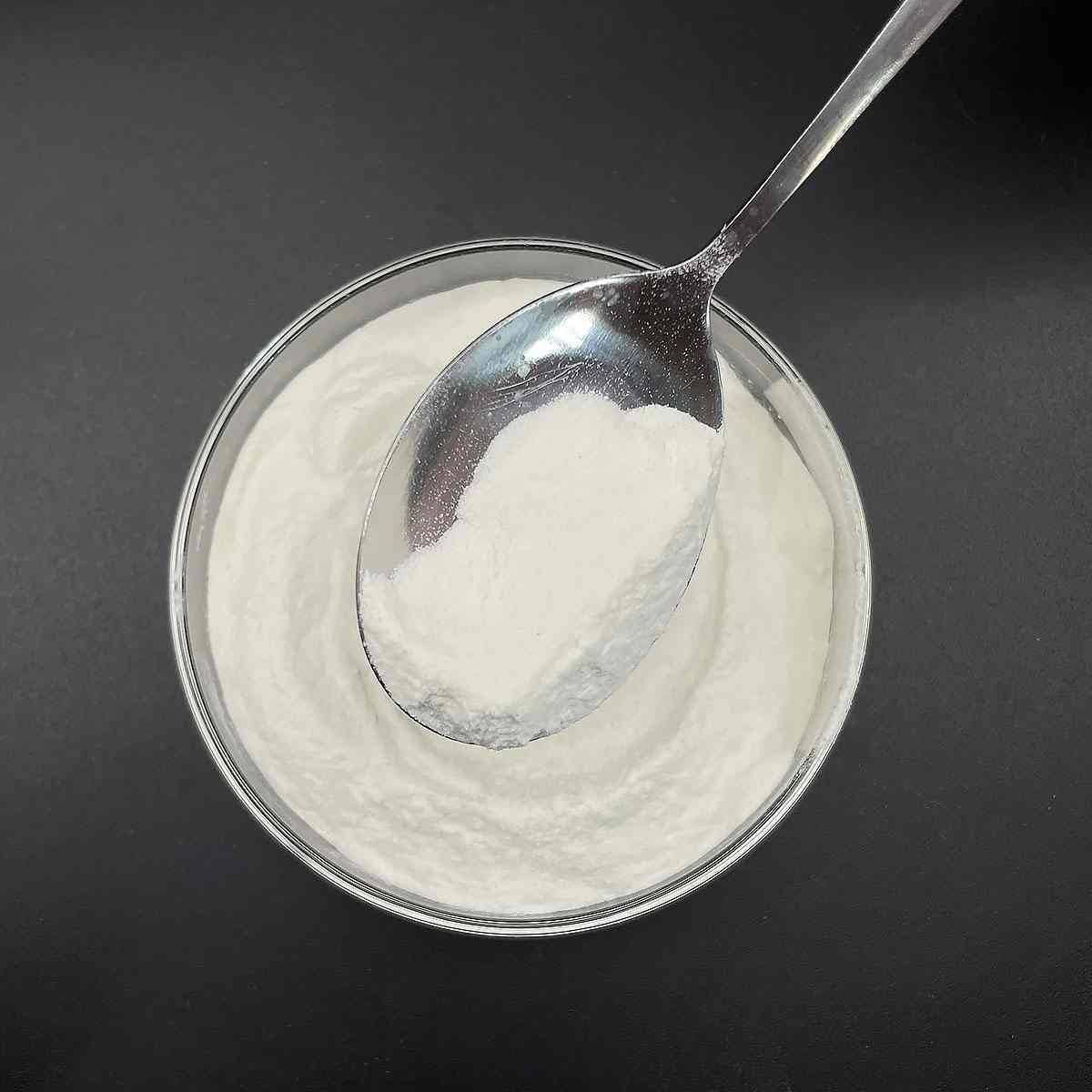1. Introduction
In the past 48 hours, a new study published in the Journal of Cosmetic Science has reignited consumer interest in sulfate-free personal care products, spotlighting sodium lauryl sulfate (SLS) as a key ingredient under scrutiny. As more brands pivot toward gentler, plant-derived surfactants like decyl glucoside and coco glucoside, understanding what SLS really is—and why it’s so prevalent—has never been more relevant.

Sodium lauryl sulfate, also known as sodium dodecyl sulfate (SDS), is one of the most common anionic surfactants used globally. Found in everything from toothpaste to industrial cleaners, SLS is prized for its powerful foaming and cleansing abilities. But with growing concerns about skin irritation and environmental impact, consumers and formulators alike are exploring alternatives such as alkyl polyglucoside, sodium lauroyl sarcosinate, and amphoteric surfactants like cocamidopropyl betaine.
2. What Is Sodium Lauryl Sulfate?
Sodium lauryl sulfate (SLS), sometimes labeled as sls sodium lauryl sulfate, na lauryl sulfate, or natrium lauryl sulfate, is a synthetic surfactant derived from lauryl alcohol—often sourced from coconut or palm kernel oil. Chemically, it’s known as sodium dodecyl sulfate, reflecting its 12-carbon alkyl chain.
As an anionic surfactant, SLS carries a negative charge in solution, which allows it to bind to oils, dirt, and microbes, lifting them away from surfaces. This property makes it highly effective in cleaning formulations. You’ll often see it listed alongside similar compounds like ammonium lauryl sulfate or sodium dodecylbenzene sulfonate in detergents and shampoos.
3. The Meaning of Surfactant and How SLS Works
The term ‘surfactant’ is short for ‘surface-active agent.’ Surfactants reduce surface tension between liquids or between a liquid and a solid, enabling better spreading, wetting, and emulsification. The meaning of surfactant lies in its dual-nature molecular structure: a hydrophilic (water-loving) head and a hydrophobic (oil-loving) tail.
SLS exemplifies this structure. Its hydrophobic tail embeds into grease or oil, while its hydrophilic sulfate head remains in water, allowing the grime to be rinsed away. This mechanism is why SLS is so effective in everything from dish soap to lawn wetting agents and surfactants for herbicides.

4. Common Applications of SLS
Sodium lauryl sulfate for sale is widely available to both industrial and DIY formulators. Its uses span multiple industries:
- Personal care: Shampoos, body washes, toothpastes (often paired with sodium laureth sulfate for milder foam)
- Household cleaners: Laundry detergents, all-purpose sprays
- Agriculture: Used as a surfactant for weed killer to help active ingredients adhere to waxy plant leaves
- Pharmaceuticals: As an emulsifier or solubilizer in some drug formulations
In shampoos, you might see ‘sodium lauryl ether sulphate in shampoo’ listed—this refers to sodium laureth sulfate (SLES), a closely related but ethoxylated version of SLS that’s generally less irritating.
5. Safety, Controversy, and Misconceptions
Despite its effectiveness, SLS has faced criticism for causing skin and eye irritation, especially in high concentrations or with prolonged exposure. It’s important to note that SLS is not the same as sodium laureth sulfate (sometimes confused as ‘sls sodium laureth sulfate’ or ‘sulfate laureth’), though both are anionic surfactants.

Regulatory bodies like the FDA and EU Cosmetics Regulation consider SLS safe at typical use levels. However, sensitive individuals may prefer alternatives. Misinformation online sometimes conflates SLS with harmful chemicals, but it is not classified as carcinogenic or toxic at standard concentrations.
6. Gentler and Natural Alternatives
As demand for milder, eco-friendly options grows, many brands are replacing SLS with bio surfactants and non-ionic or amphoteric surfactants. Popular choices include:
- Alkyl polyglucoside and decyl glucoside: Non-ionic surfactants derived from sugar and fatty alcohols
- Cocamidopropyl betaine (also called coco betaine or amidopropyl betaine): An amphoteric surfactant that’s mild and foam-boosting
- Sodium cocoyl isethionate and sodium lauroyl methyl isethionate: Creamy, skin-friendly cleansers often used in solid bars
- Sodium coco sulfate: A milder cousin of SLS, sometimes marketed as ‘coco sodium sulfate’
Other emerging options include sodium cocoyl glutamate, lauroyl sarcosinate, and even lignin sulfonate—a bio-based surfactant derived from wood pulp.
7. Related Surfactants and Industry Context
Beyond SLS, the surfactant world includes a wide range of chemistries. Cationic surfactants like cetyl trimethyl ammonium bromide (CTAB or cetyltrimethylammonium bromide) are used for their antimicrobial properties. Nonionic surfactants such as polysorbate 80, Span80, Pluronic 127, and poloxamer 188 are common in food and pharmaceuticals.
In agriculture, surfactant for herbicides often includes ethoxylated alcohols or methylated seed oil to improve leaf penetration. Meanwhile, companies like Rohit Surfactants Private Limited are expanding production of both traditional and bio surfactants to meet global demand.
It’s also worth noting that not all sulfates are equal. Sodium laureth (or laureth sulphate) is ethoxylated, making it less harsh than SLS. And while ‘sls sulfate’ is a common misnomer, SLS itself contains no additional sulfate beyond its molecular structure.
8. Conclusion
Sodium lauryl sulfate remains a cornerstone of modern cleaning and personal care formulations due to its powerful surfactant properties. However, as consumer awareness grows, the industry is shifting toward milder, sustainable alternatives like alkyl polyglucoside, cocamidopropyl betaine, and other bio surfactants. Whether you’re formulating a shampoo, choosing a weed killer, or simply reading a label, understanding the role and alternatives to SLS empowers smarter, healthier choices.
Our Website founded on October 17, 2012, is a high-tech enterprise committed to the research and development, production, processing, sales and technical services of ceramic relative materials such as Sodium. Our products includes but not limited to Boron Carbide Ceramic Products, Boron Nitride Ceramic Products, Silicon Carbide Ceramic Products, Silicon Nitride Ceramic Products, Zirconium Dioxide Ceramic Products, etc. If you are interested, please feel free to contact us.


